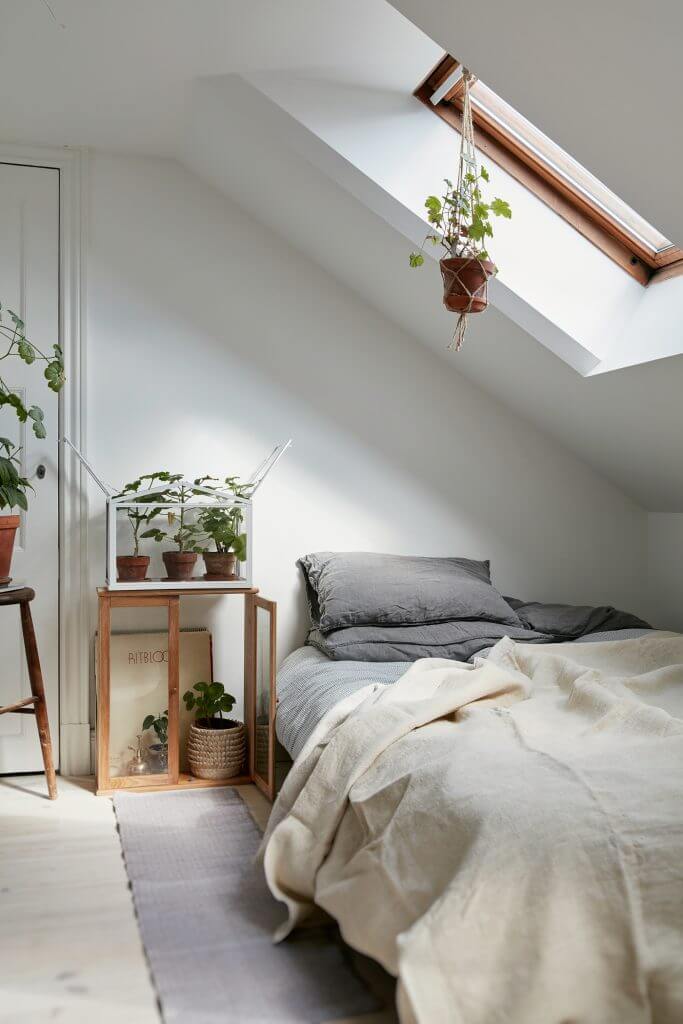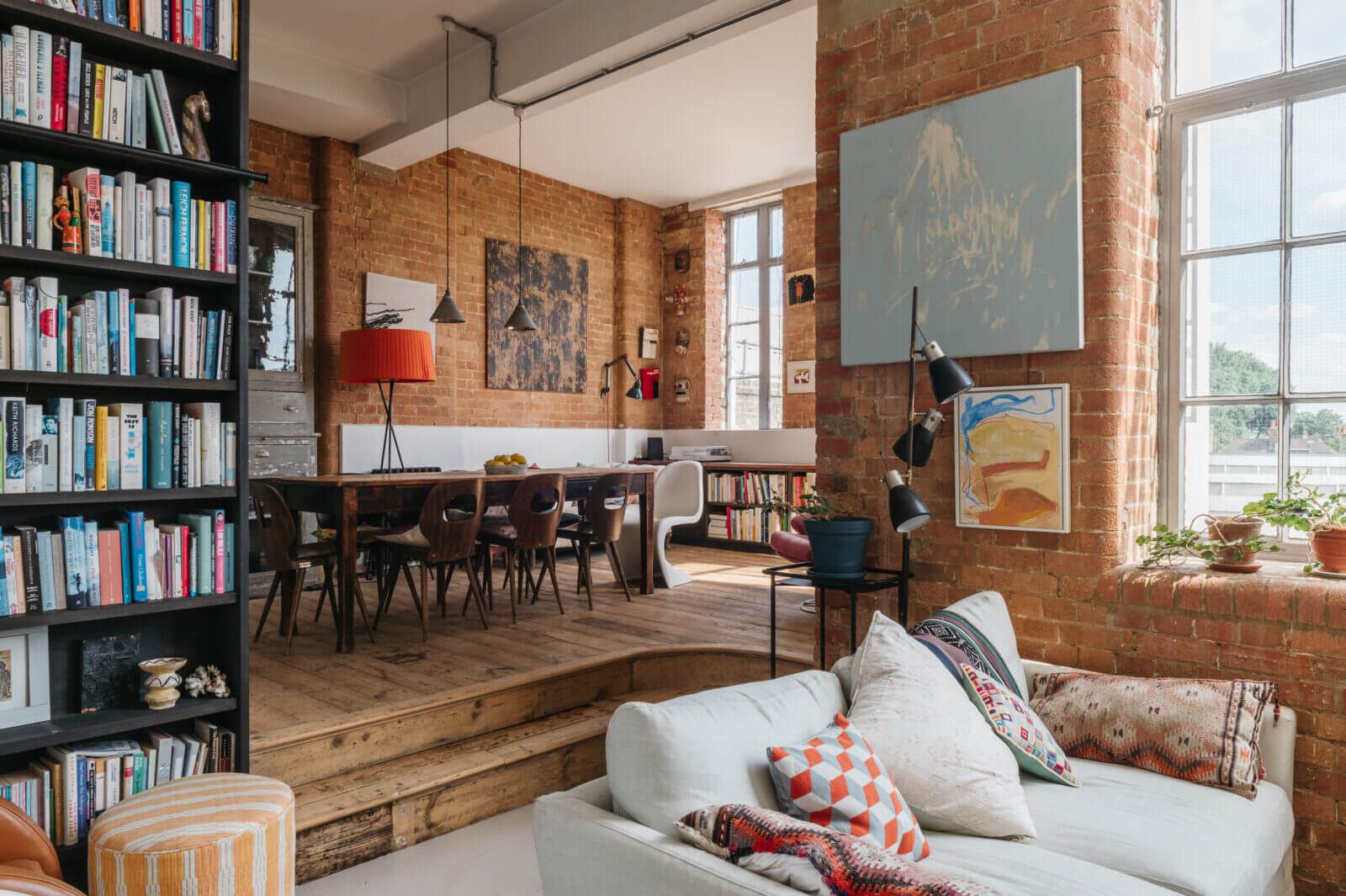The Meaning of Architecture
The true meaning of architecture lies beyond the walls and windows of our buildings. It's in the spaces that lie between, and the experiences that unfold within them. It's in the shadows and the light, the sounds and the silence. And it's waiting for you to discover it.

Ask someone what architecture is, and they might say it's about buildings, structures and great monuments. But the real impact of architecture extends far beyond the structures themselves. Let's explore the hidden language of architecture. Together, we'll discover its true meaning and learn how it can transform our lives.
Architecture is about taking the ordinary and making it extraordinary. It's about creating spaces that move us, that inspire us, that take us somewhere new. It's about the light streaming through a window, the shadows dancing on a wall, and the lines connecting us to each other and to the world around us.
It's about turning a room into a home, a building into a community, and a city into a work of art.
Imagine two rooms: One room with a skylight, and another room with a regular window. Let's imagine being in each of these spaces, feeling the difference in the quality of light and the feeling of connection to the world outside. With a skylight, you feel like you're in a magical space, with the light and the sky above infusing the room with a sense of possibility. Now, shift our focus to the room with the regular window. Here, the light that comes in is more direct and more focused, without the same sense of wonder and expansiveness.

In the room with the skylight, the light comes in from above, filling the space with a diffuse, gentle glow. The ceiling seems higher, and the room feels larger and more expansive. In the room with the regular window, the light comes in from the side, more focused and intense.
A skylight and a regular window both let light and the outside world into a space. But a skylight does so in a way that is more dramatic and expansive, transforming a room into something magical. A regular window, while still bringing in light and the world beyond, does so in a more understated way. It's like comparing a skylight to a window - both open up a space, but in very different ways.

These two spaces, so similar in size and shape, but so different in the way they make us feel, are a perfect example of the true meaning of architecture. It's not just about function and form - it's about emotion, connection, and possibility. Architecture can transport us, inspire us, and even transform us.
Architecture is a powerful force in our lives, shaping our experiences and our perceptions in ways we may not even realize. That's why it's important to understand its true potential.
The whole idea of architecture is not just about shelter, but about creating an experience. Architecture is the art of designing spaces that work for you, and that makes you feel good. It lifts you up, it energizes you, it makes you feel inspired. It does all this in ways you might not even notice, but you feel it deep down.
Good architecture is about creating spaces with careful observation, empathy, and respect for the people and place involved, rather than just an exercise in aesthetics. When we're surrounded by thoughtful and well-designed spaces, we can feel more connected to the world around us and more engaged with our own lives.

Good architecture has the ability to move us beyond the mundane and ordinary, and to transport us to a different place, a different state of mind. It can take us from a feeling of "same old, same old" to a feeling of freshness and vitality. It can open our minds to new possibilities and new ways of thinking. It can make us feel connected to the natural world, and can help us to see our place in the universe. And it can do all this through a combination of materials, light, sound, space, and proportion.
When we talk about architecture, we often think of the materials and the structures. We think of glass and steel, concrete and stone. But what about the intangible elements? What about the way architecture speaks to us, moves us, and shapes our lives? What about the way it helps us understand our place in the world, and how it creates a sense of belonging? These are the things that truly define the soul of architecture.
Therefore, We should all strive to understand the potential of architecture because it shapes our daily lives. When we understand the meaning and purpose of the spaces we inhabit, we can begin to make more informed decisions about the built environment. We can demand better design from our communities and architects, and we can create spaces that inspire and empower us. This understanding can lead to healthier, happier, and more sustainable cities and towns. Ultimately, it's not just about the buildings themselves, but about the people who live in them.
And that's what we hope to convey through our writing- the potential of architecture to change the way we see the world, and the way we see ourselves.

